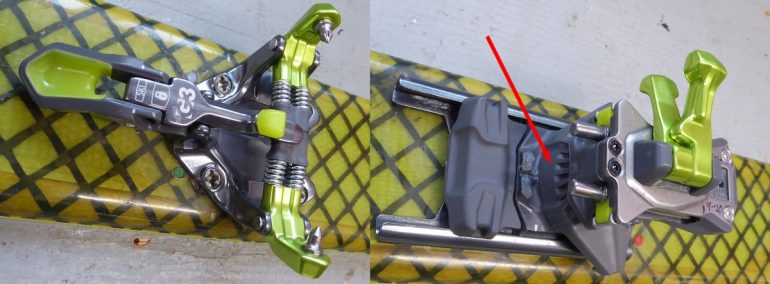
The new beauties. ID 2019-20120 Zed by the “grill” motif on the front of the heel unit. If there was a prize for best looking tech binding, I’d vote for these. Notice my pairing with skis in the same color space, or, are they?
The 2019-20 G3 Zed redeems its predecessor
Zed got me all frisky last year. G3 was heading back to the future with a classic tech binding: solid, light, clean, with G3 engineering behind it. But after an instance of consumer reported breakage I got the impression G3 was making some changes to the product. So I moved on to other shiny things. I’m back.
Enter Zed version two. Improved, stronger, as beautiful as the last one — the stunning twin brother you never met, until now. Along with strengthened internals, G3 made cosmetic changes that’ll easily differentiate the 2018-2019 Zed from the improved 2019-2020. The Canadian binding crafters have a blog post talking the details, worth a visit. Below is my tech-take, based on an afternoon of bench time.
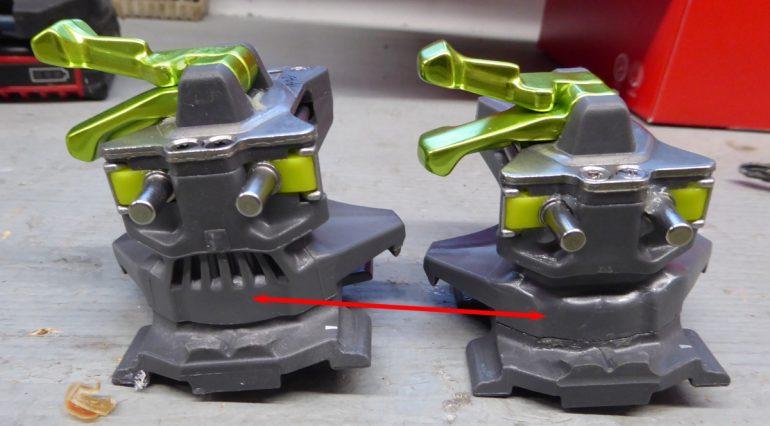
Just to drive the point home. New version to left. Thank Skol that G3 made a new binding version that’s identifiable. Beats some of the other brand’s past foibles by a kilometer.
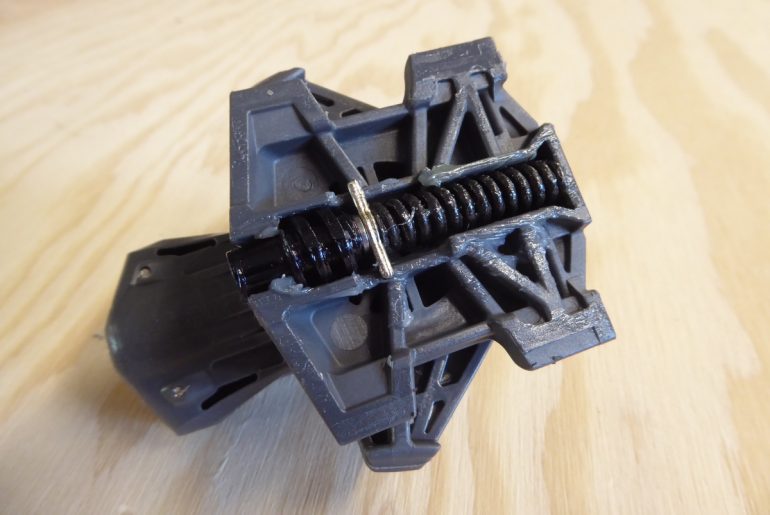
Flex compensation spring is stiffer, to help minimize movement of the binding while touring. There is also a subtle change the the small, shiny metal metal stop. It’s larger, perhaps more reliable.
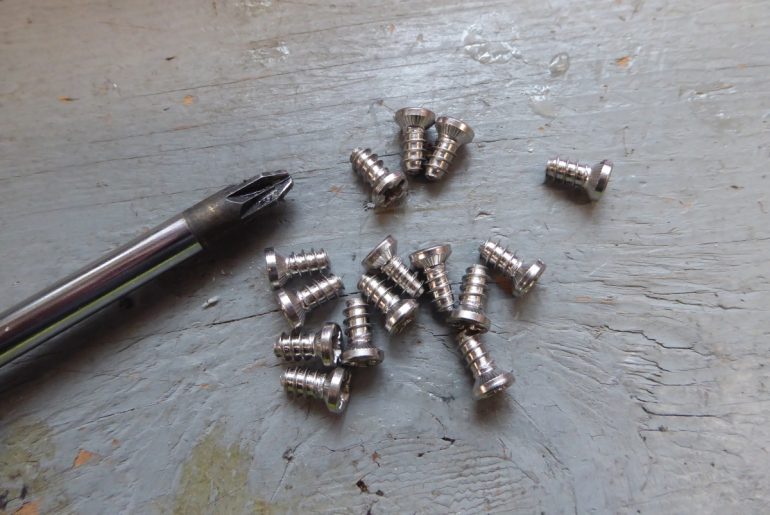
Part of G3’s design philosophy is to make things duplicate, or standardized. No exception here. All the Zed binding mount screws are the same length, and every user serviceable screw head is Pozidrive 3.
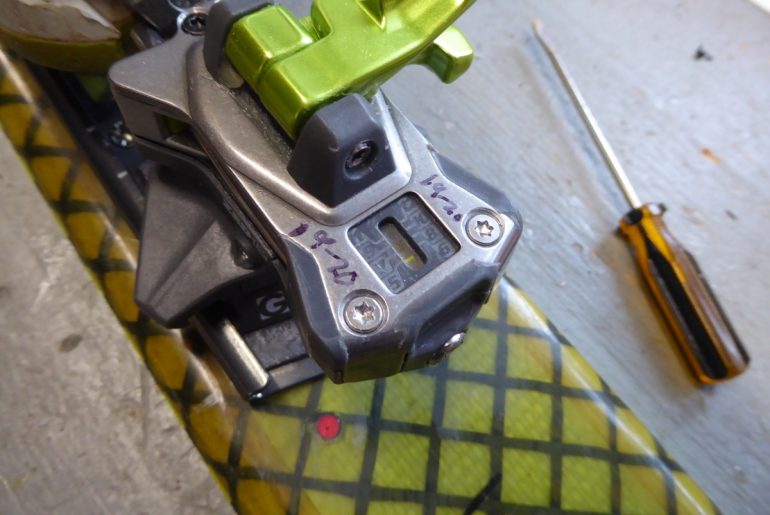
The release value (RV) settings have a story. G3 goes the extra distance to test each binding’s RV and engrave the numbers so they match where the indicator/pointers is for each value. See our ZED tech look and factory visit from 2018 (warning, extensive gear geekage).
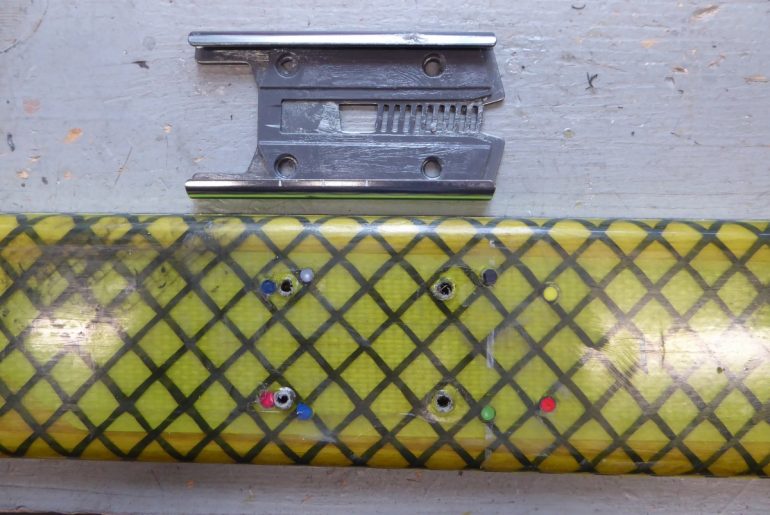
Likewise, mounting screw holes tend to cross over. My test skis had G3 Ions installed. Zed shouldered his heavier brother aside and hopped on with nary a whimper.

The gentle sound of shifting cardboard punctuated my excitement as I revealed the latest technological marvel from the savants of Vancouver. Standard unboxing shot, might as well have some fun.
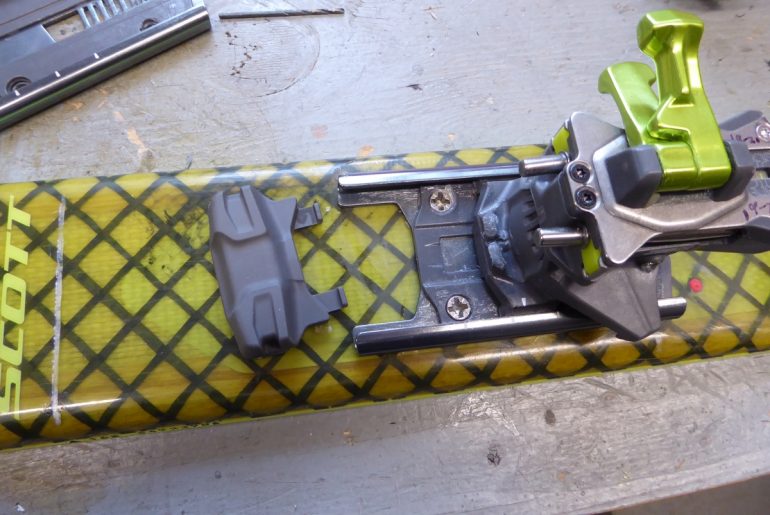
If you opt to go brakeless, the stomp block/pad is now optional, and not included with the binding. G3 states it’s “…for skiers who ski without a brake, are 175+ lbs, plan to ski in and/or out of bounds, and generate larger loads during impacts when jumping and landing.” I’d recommended it for most larger skiers.
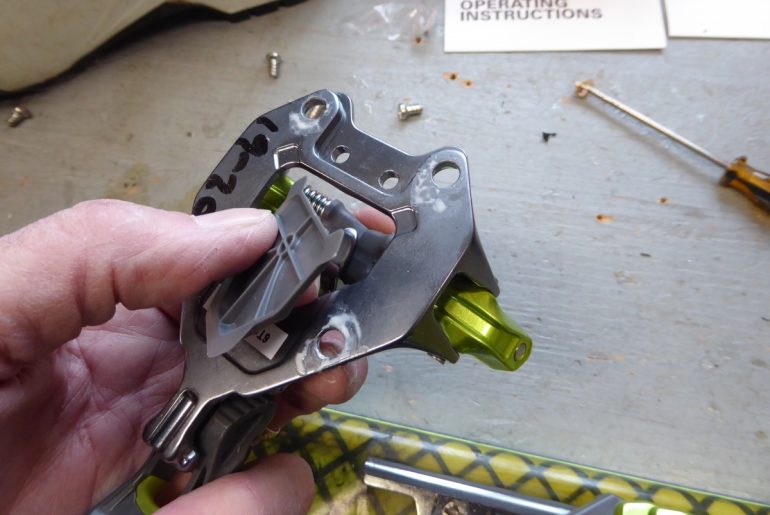
One of my favorite features, a plastic insert that fits in the toe unit, under the toe wings trigger. This has to be installed during mounting. Leaving it out is an easy mistake. Check your technician’s work.
The numbers
Heel weight, single, no brake, with screws: 246 grams (~4 grams more than 2018 version)
Toe unit weight, single, no brake, with screws: 130 grams
Total weight, one binding: 376 grams
Stomp block/pad (optional) weight: 8 grams
Brake weight: 115 mm, 90 grams
The summarized improvement list
— Added strength in the heel for the 19/20 version; thicker plastic in many locations, longer assembly screws.
— The stomp block/pad is no longer required to ski brakeless and is not included with binding.
— “Grill” pattern on front of heel unit, for increased durability and binding identification.
— Improved fit and finish of ZED ski brake eliminates play.
— Modified and stiffer forward pressure spring improves uphill touring with the heel lifts.
The conclusion
As always, my heart’s desire is that ski binding companies would do a better job of naming their products. Instead of this being called Zed2 or something equally is clear, this is just Zed. This despite it being a substantially changed product. I’ll move on from that gripe. Zed version 1 was a sweet, classic style tech binding. The improved version 2 is equally attractive, now mature, recommended. For a deep dive into the ethos of Zed see our factory visit, and more.
WildSnow.com publisher emeritus and founder Lou (Louis Dawson) has a 50+ years career in climbing, backcountry skiing and ski mountaineering. He was the first person in history to ski down all 54 Colorado 14,000-foot peaks, has authored numerous books about about backcountry skiing, and has skied from the summit of Denali in Alaska, North America’s highest mountain.
